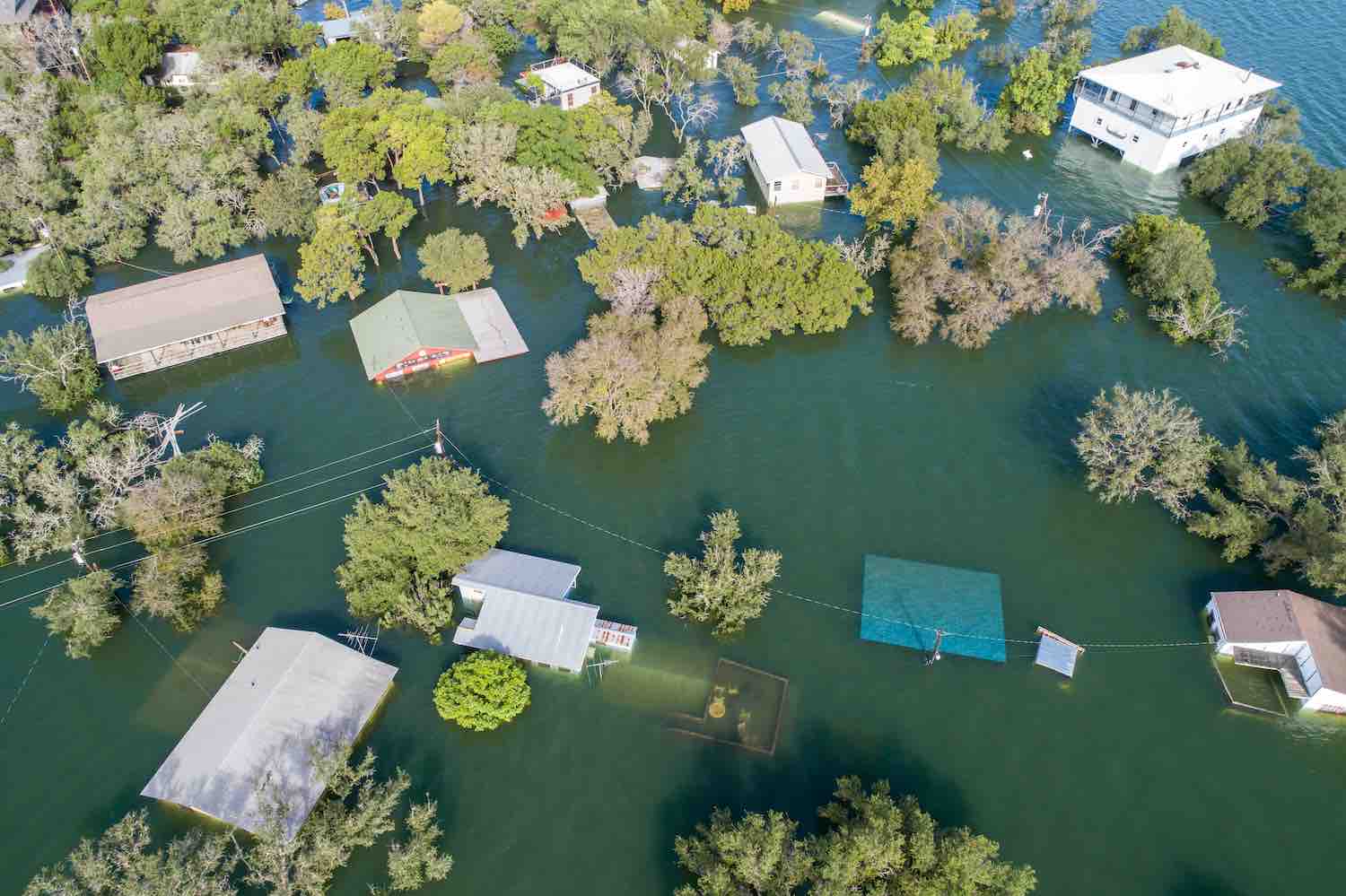ImpactAlpha. March 3 – Climate change is here. Deal with it.
That sums up this week’s grim report from the authoritative Intergovernmental Panel on Climate Change. The “atlas of human suffering,” as the U.N.’s António Guterres called the nearly 4,000-page assessment, signals the shift from the mitigation of future warming to the urgent necessity to adapt to devastating changes already underway as a result of human activities.
More than three billion people are highly vulnerable to current changes in the climate. The hardest-hit island nations and developing countries in Africa and Asia had little hand in creating the climate crisis. Wealthier nations and individuals are better able to adapt.
The challenges facing both rich and poor represent untapped opportunities for investment in climate adaptation, which has received much less attention – and funding – than mitigation.
With 1.1° Celsius of warming, or roughly 2 ° Fahrenheit, already baked in, the “age of adaptation” is upon us, as experts like Boston University’s Adil Najam have long warned.
“The IPCC report is a roadmap to demand for technology to adapt and build climate resilience,” says Jay Koh of the Lightsmith Climate Resilience fund. “You can now look at the different regions and the different challenges and begin to imagine and find technologies that can address those specific challenges in those specific regions.”
Adaptation finance
As the effects of climate change are felt more widely, adaptation and the unequal effects of global warming are getting more attention.
Catalyst Fund’s tenth cohort of inclusive fintech startups is focused on designing financial services with a climate-resilience lens. Kenya’s AquaRech is helping fish farmers monitor their fish stock, source feed and access markets and credit. In Nigeria, ColdHubs is providing solar-powered cold-storage on an affordable, pay-as-you-go basis.
The accelerator is run by BFA Global and backed by the Bill & Melinda Gates Foundation, JPMorgan Chase and the U.K. Foreign, Commonwealth and Development Office.
Climate Investor Two, a blended fund, invests in adaptation projects, along with water, waste infrastructure and ocean-related companies. Launched by Climate Fund Managers, a joint venture of Dutch development bank FMO and South Africa-based Sanlam InfraWorks, the fund covers project development, construction, and re-financing of projects.
The aim is “to put new funds into the market that have scale and the ability to absorb private sector funding,” Climate Fund Managers’ Georges Beukering told ImpactAlpha.
The Africa Adaptation Acceleration Program, a joint initiative between the Global Center on Adaptation and the African Development Bank, aims to mobilize $25 billion for adaptation activities in Africa by 2025.
Climate 2.0
Such efforts only begin to chip away at a yawning gap for adaptation funding, especially for developing nations.
Guterres has called for half of all climate-related investing to go to adaptation. The current figure is about 8%, and nearly all of that comes from public investors. Climate change adaptation has attracted less than $500 million per year in private investment, according to the Climate Policy Initiative, and most of that has come from governments and development finance institutions.
“Private sector participation is essential in order to close the adaptation gap,” CPI wrote in its latest climate finance report. The obstacle: adaptation, such as restoring coastal wetlands and forests, or adapting agriculture to changing conditions, has been seen as a money-loser, or the realm of public finance.
Climate adaptation will require climate justice. Droughts and storms killed 15 times more people in poor coastal countries than rich ones over the last decade, according to the IPCC. Without urgent adaptation measures, climate impacts could push more than 32 million people into extreme poverty by the end of this decade.
“Climate change is already killing people, destroying nature and making the world poorer,” tweeted Kenyan climate activist Elizabeth Wathuti after the report’s release. “If warming continues the world will increasingly see changes that cannot be adapted to. We need major emissions cut while still protecting and restoring nature.”
Call it Climate 2.0. If the first wave of climate investment focused on mitigation and looked at adaptation as a separate, and lesser, activity, climate 2.0 recognizes that the two cannot be separated, says Lightsmith’s Koh.
“If you invest in hydropower, and you don’t account for the fact you’re going to have a lot more drought, that’s not gonna work. And if you invest in really carbon intensive water supplies, that will just make the problem worse,” he says. “Both of these things have to come together.”
The Climate Resilience Fund, one of the first venture funds to focus on adaptation, raised $186 million last month to invest in water management, resilient food systems, agricultural and supply chain analytics, satellites and sensors, and catastrophe risk modeling. The thesis: that these solutions will be in high demand and that the companies that provide them will be good investments.
From the Covid pandemic to inflation to the geopolitical upheavals sparked by Russia’s invasion of Ukraine, the world is awash in uncertainty. One thing we do know: climate change will continue its destructive march. Just how much is up to us. “There is a brief and rapidly closing window to secure a liveable future,” warns IPCC coauthor Hans-Otto Pörtner.
The IPCC report provides clarity and a framework to think about investment conditions going forward, says Koh. In that context, investments that can help understand and manage the risks, and perhaps transform the economy, are a good bet.
“It’s about deploying technology that exists today to adapt in smart ways,” says Lightsmith’s Sanjay Wagle. “There’s a lot that we can do that’s actually profitable.”











